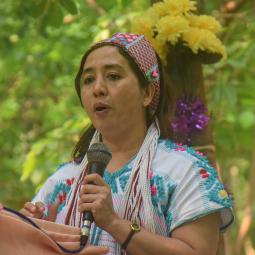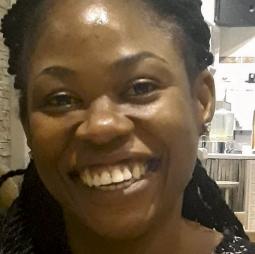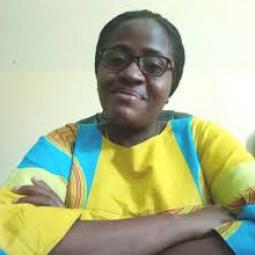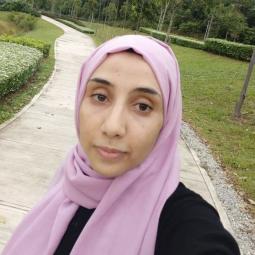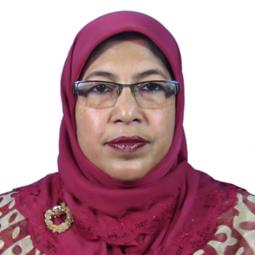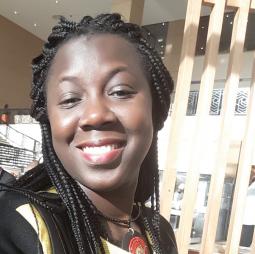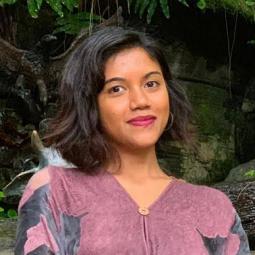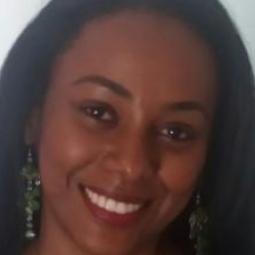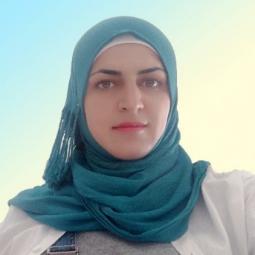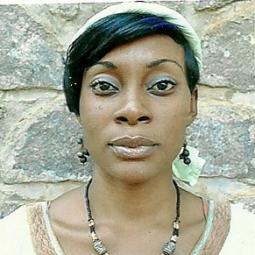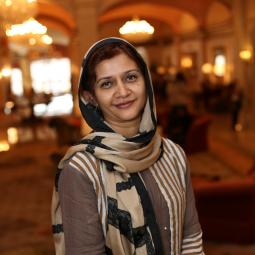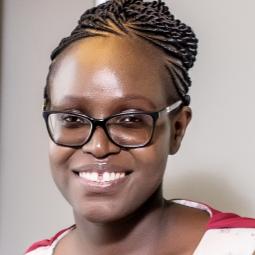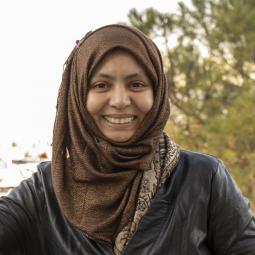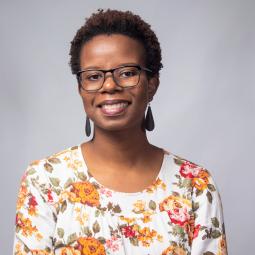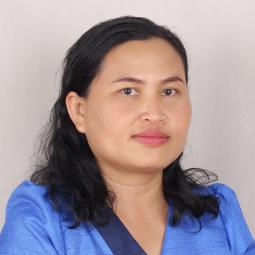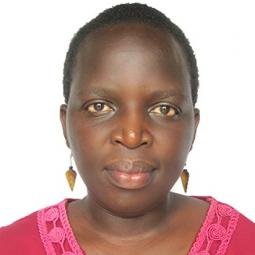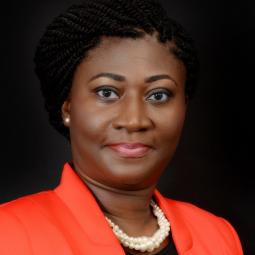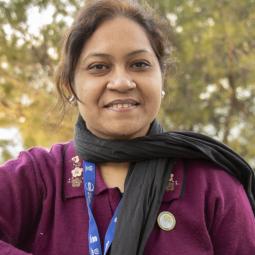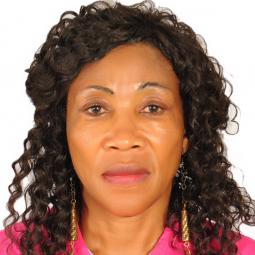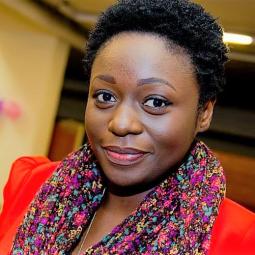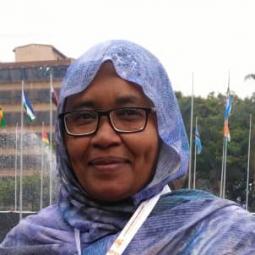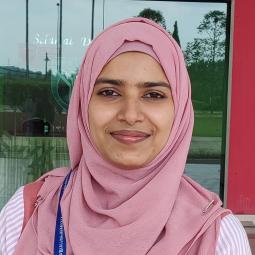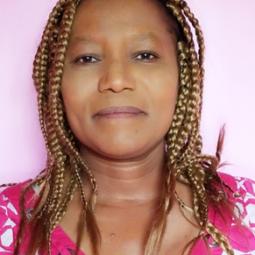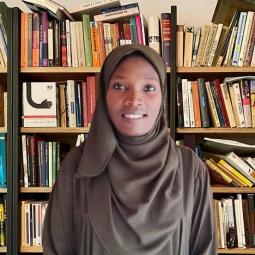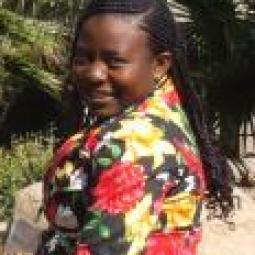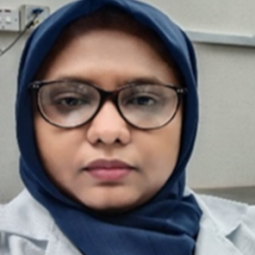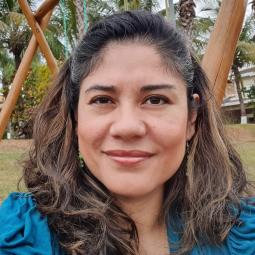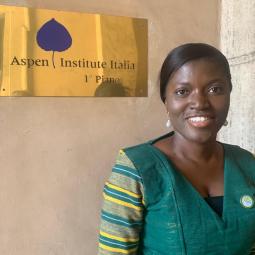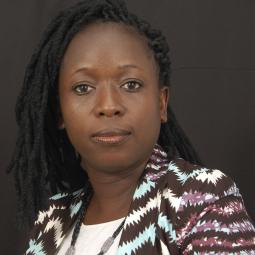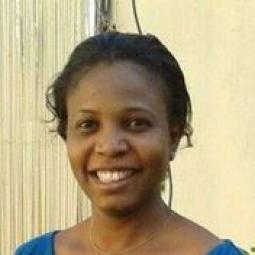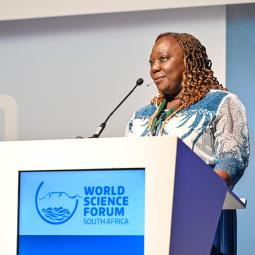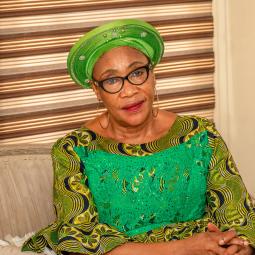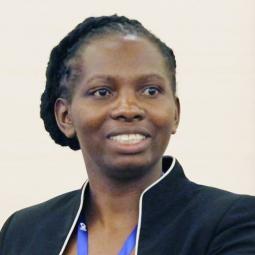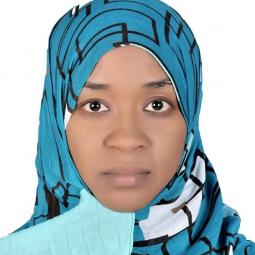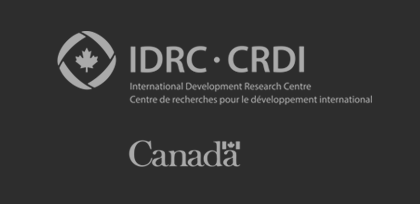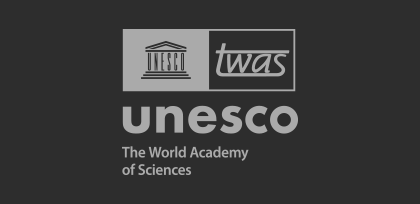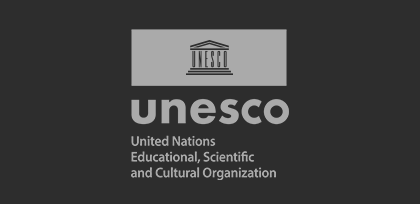Violeta Alejandra Chichique Martínez
Latin America & Caribbean
El Salvador
Engineering sciences
An environmental engineer fighting a battle against pollution in El Salvador's largest river
My position is that we should acknowledge what we are lacking of, so that we can keep working.
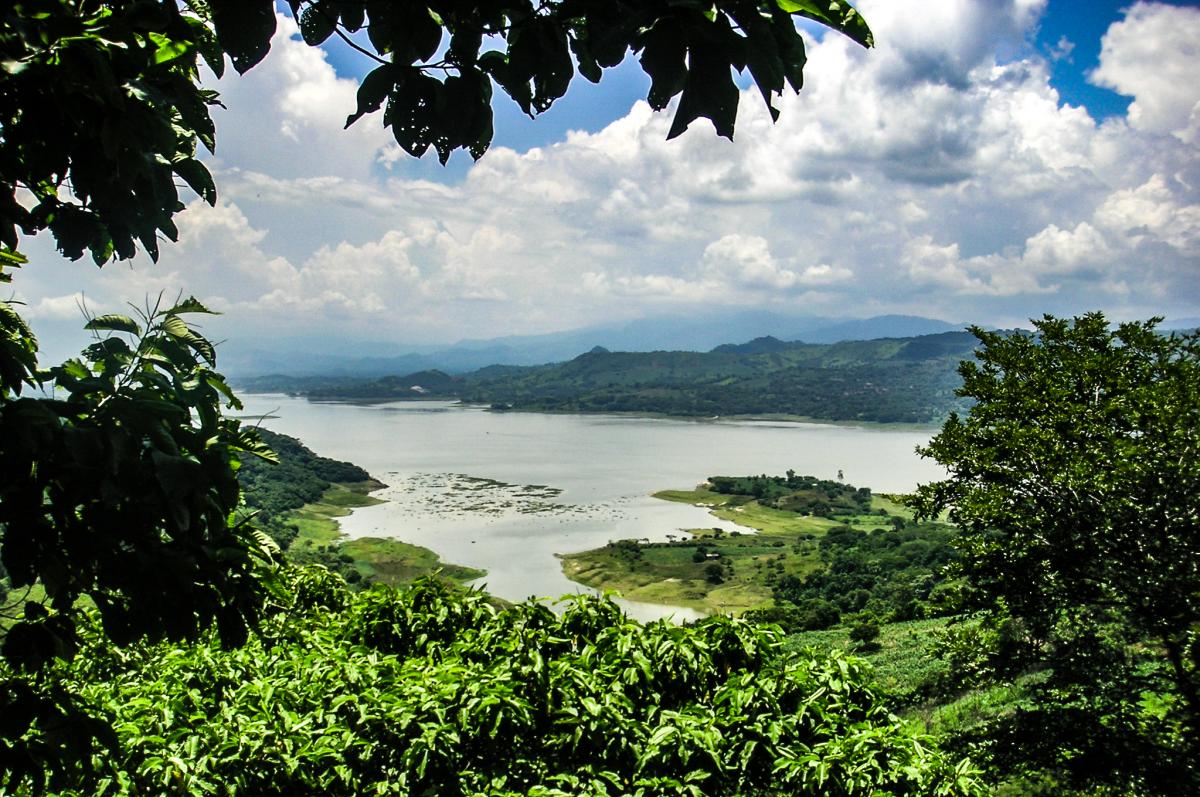 The Lempa River is the lifeblood of El Salvador. Originating in the Guatemalan highlands, it runs through a corner of western Honduras before crossing into El Salvador, then east across the country before finally turning south to reach the Pacific Ocean. More than three quarters of the Salvadoran population live in its basin, depending on the river for drinking water, agriculture, and energy production. The river is one of the country’s most important natural resources; but according to OWSD Early Career fellow Violeta Martínez, it is dangerously polluted.
The Lempa River is the lifeblood of El Salvador. Originating in the Guatemalan highlands, it runs through a corner of western Honduras before crossing into El Salvador, then east across the country before finally turning south to reach the Pacific Ocean. More than three quarters of the Salvadoran population live in its basin, depending on the river for drinking water, agriculture, and energy production. The river is one of the country’s most important natural resources; but according to OWSD Early Career fellow Violeta Martínez, it is dangerously polluted.
Violeta has been studying pollution in the Lempa River since 2021. She began by looking at the Water Quality Index (WQI), the most commonly recognized measure of a water body’s which looks at general parameters of water quality, like temperature, pH, and levels of dissolved oxygen and suspended solids. The WQI is useful for assessing the overall pollution of a water body; and in fact her research found that the river was becoming more polluted over time. But the WQI is limited in what it can tell you about pollution, she elaborates, being mainly concentrated on how it affects aquatic life. These days, water scientists are also interested in what are called emerging contaminants, a diverse category which includes pesticides, pharmaceuticals, food additives, commercial chemicals and chemicals from cosmetics and personal care products – but measuring these compounds is not as straightforward. “You can look at a glass of water and you can say, the water is clear, I can drink it. But even though the water looks clear, it doesn’t have any odor or flavor, there can be microplastics, pesticides, things that you cannot perceive,” says Violeta.
Wastewater treatment plants, Violeta explains, were not built to remove these kinds of contaminants. “They were designed to remove big things…these contaminants pass through the treatment plants, they go to the river, we take the water from the river to make it potable – but the contaminants are still there.” Additionally, Violeta says, only approximately 10% of wastewater generated in El Salvador is treated at all; the rest is discharged to the environment without any treatment. Violeta knew emerging contaminants must be present in El Salvador’s water, but no previous studies had looked at this category. “I started to wonder how to do this research, because in my country we do not have the equipment, we do not have the resources to perform this analysis.” The equipment needed to perform the assessment of emerging contaminants can cost as much as half a million US dollars, an amount far out of reach for scientists in El Salvador.
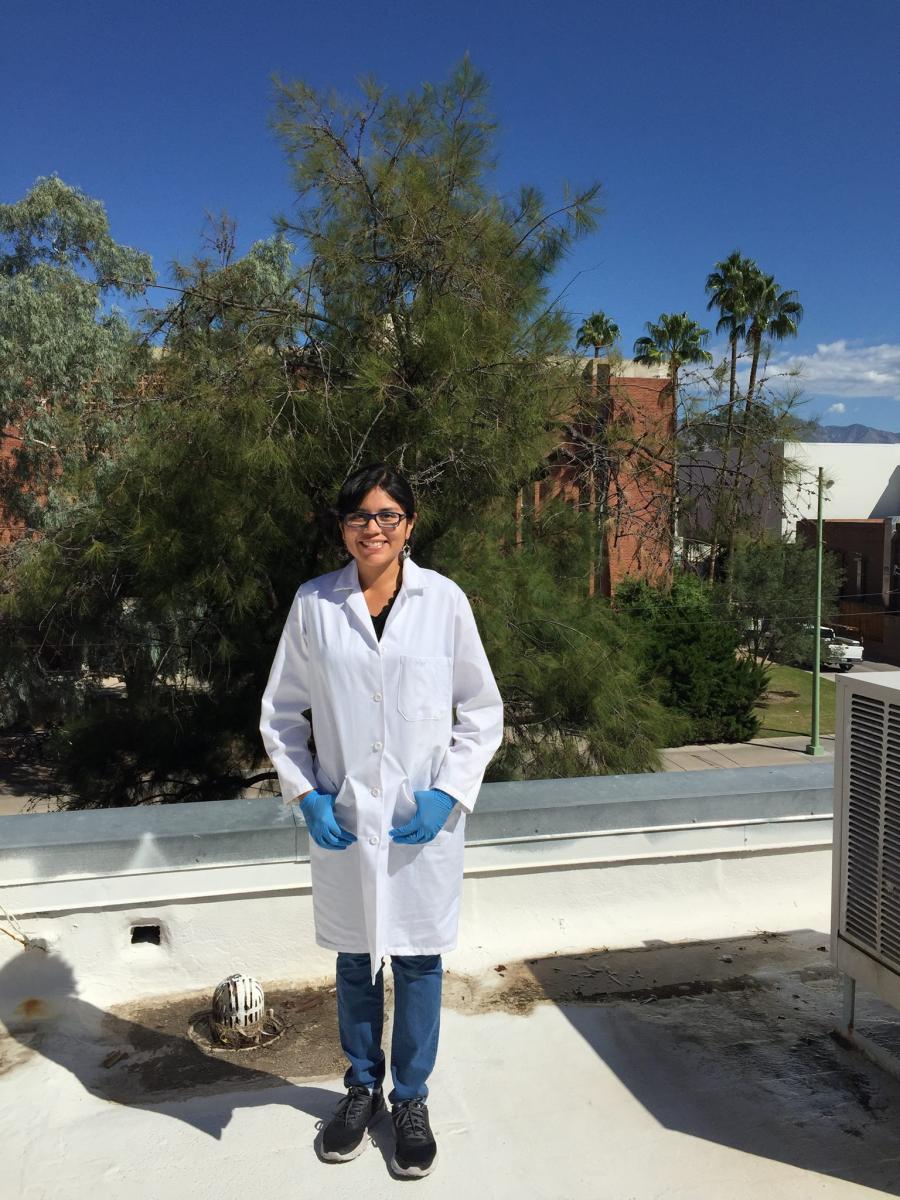 Violeta was not discouraged, however. She wrote to her advisor for her Master’s thesis, Professor Eduardo Sáez at the University of Arizona in the United States – could she send her samples there to be analyzed? Sáez agreed enthusiastically to the collaboration. After carefully studying the legal requirements to import her samples, Violeta packed the first batch in her suitcase to bring to the lab. These samples were taken from various points along the Lempa River, as well as from her own house.
Violeta was not discouraged, however. She wrote to her advisor for her Master’s thesis, Professor Eduardo Sáez at the University of Arizona in the United States – could she send her samples there to be analyzed? Sáez agreed enthusiastically to the collaboration. After carefully studying the legal requirements to import her samples, Violeta packed the first batch in her suitcase to bring to the lab. These samples were taken from various points along the Lempa River, as well as from her own house.
When Violeta and Prof. Saez saw the results of the first analysis, they were shocked. In the sample of tap water from Violeta’s house, she discovered 17 of about 50 contaminants for which she tested. Some chemicals in her samples were present at concentrations more than 100 times greater than average levels found in the US or in Europe. “If this happened in the US, there would be considerable concern in the communities affected,” said Prof. Sáez.”
Though the concentrations of the compounds Violeta found seem low, “when you are exposed continuously to them, you can develop endocrine issues that cause imbalances in hormone levels; you can have issues with cancer, your kidneys, your tissues.”
After seeing the results of the first analysis, what began as a scientific curiousity took on new urgency. In order to understand the scope of the problem, Violeta needed to analyze more samples from different locations on the river and collected at different times of the year, to look at variations between the country’s dry season and its rainy season. But she especially wanted to look more closely at drinking water. “If you are Salvadoran, there is a very good chance you are using this water,” she says. It was at this point that she applied for and was awarded the OWSD Early Career Fellowship, which will support the purchase of a fluorescence spectrometer and reagents for analyzing her samples, as well as sample shipment and travel for her research team to the US, to receive training in liquid chromatography–mass spectrometry analysis.
In order to collect samples of drinking water, Violeta knew she could not simply go door-to-door to people’s homes, for her own safety as well as because of political sensitivities. Instead, she proposed an alliance with two Jesuit networks, Fe y Alegría and Externado San José, with centers throughout El Salvador. By taking samples from their centers, she will be able to cover more than half of the country.
Violeta’s project will also test potential mechanisms by which persistent contaminants might be eliminated. Some techniques for removal do exist, she explains, and are already in use in countries like Spain, the US, and Canada. But the majority of these are membrane-based technologies, which is cost-prohibitive in a setting like El Salvador. Violeta instead hopes to build a prototype of a reactor that will use irradiation with specific wavelengths of light to degrade the pollutants. This prototype will be installed at one of the Jesuit institutions to test how effective it can be for removing contaminants.
Ideally, if her photodegradation mechanism is successful, it could become a final step in the water treatment process before water is delivered to homes – but Violeta cautions that the reality may be more complicated than that. Some politicians may not be so willing to acknowledge that there is a problem to solve, fearing that it may reflect negatively on the country’s government. But “You cannot just erase all the issues,” she says. “My position is that we should acknowledge what we are lacking of, so that we can keep working.” When she publishes her first scientific paper based on the newer research in June 2024, she expects there may be some backlash. But having the backing of the OWSD fellowship behind her makes her feel more secure, she says. “I feel safe. I feel that I have support…I have [this grant] because of the importance of the research.”
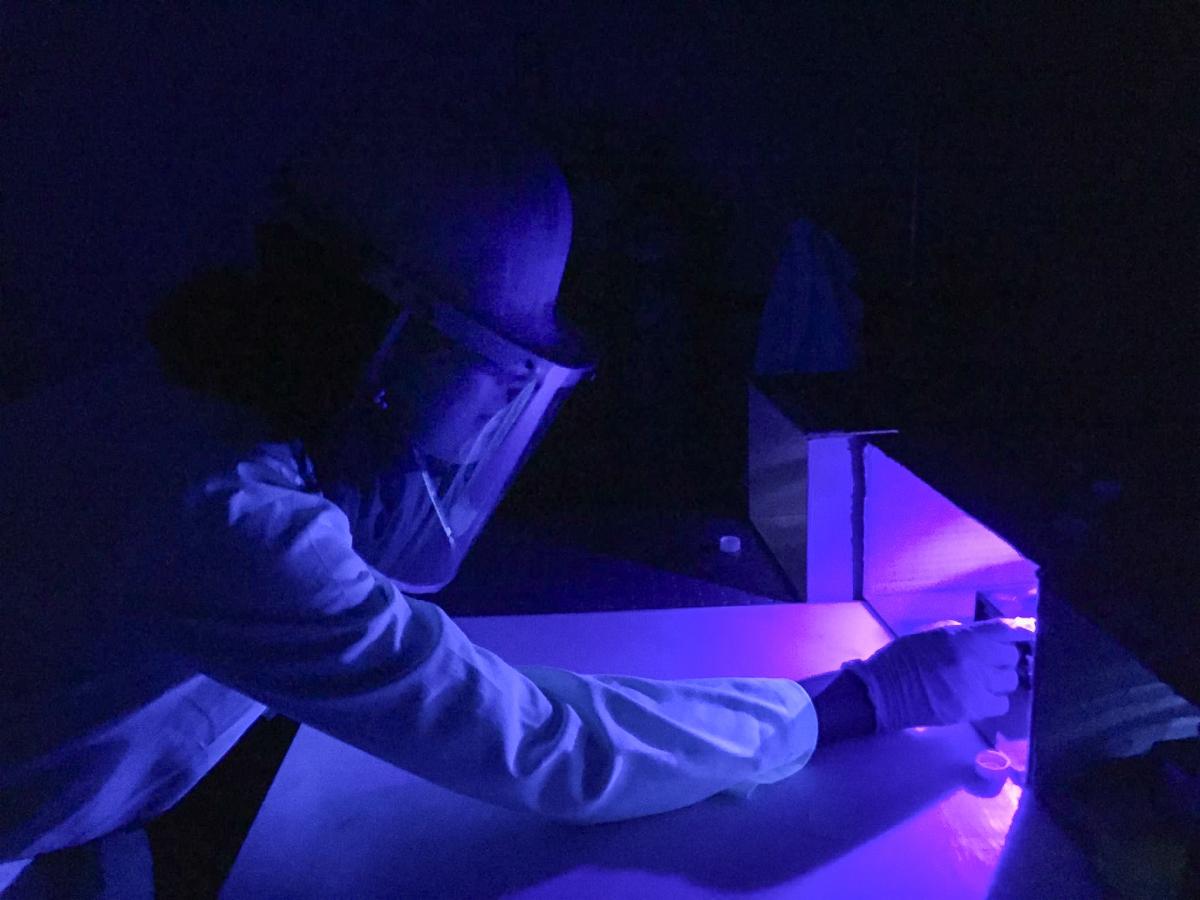 Water is something that has always occupied Violeta. Growing up, it wasn’t uncommon for her family to go more than two weeks without fresh drinking water. Water outages are commonplace enough that most families have concrete water tanks in their homes, called pilas. Even when the water was flowing, she remembers, it often came out of the tap dirty. She also realized early on that she had a penchant for math and engineering, nurtured by her grandfather. “I am the first generation in my family to have the chance to go to college. My grandfather made it only to sixth grade, but he was so good at math. He was the one who taught me how to multiply, how to do division.”
Water is something that has always occupied Violeta. Growing up, it wasn’t uncommon for her family to go more than two weeks without fresh drinking water. Water outages are commonplace enough that most families have concrete water tanks in their homes, called pilas. Even when the water was flowing, she remembers, it often came out of the tap dirty. She also realized early on that she had a penchant for math and engineering, nurtured by her grandfather. “I am the first generation in my family to have the chance to go to college. My grandfather made it only to sixth grade, but he was so good at math. He was the one who taught me how to multiply, how to do division.”
Violeta thought about how she could apply her skills to the challenge of clean water in her country. She decided to pursue a bachelor’s degree in chemical engineering at the Universidad Centroamericana José Simeón Cañas. After graduation, she was immediately offered a position as an instructor and lab manager at the university. She was then awarded a Fulbright scholarship to pursue a Master’s degree in environmental engineering at the University of Arizona. While she was there, she thought “I should learn everything I can.” While completing her Master’s classes, she simultaneously enrolled in PhD courses for chemical engineering. “You can take as many classes as you want, so I was taking both.” Her chemical engineering professor, Farhang Shadman, saw what she was doing, and proposed to her to research under him for a PhD degree as well.
Violeta graduated with her PhD in 2022 and returned to the Universidad Centroamericana José Simeón Cañas, where she is now a professor and researcher herself in the Department of Process Engineering and Environmental Sciences. She hopes that the research she is doing there will help El Salvador to confront the challenges of clean water in the country. “My wish would be to establish a link with the government, because there is a lot that we can do.”

